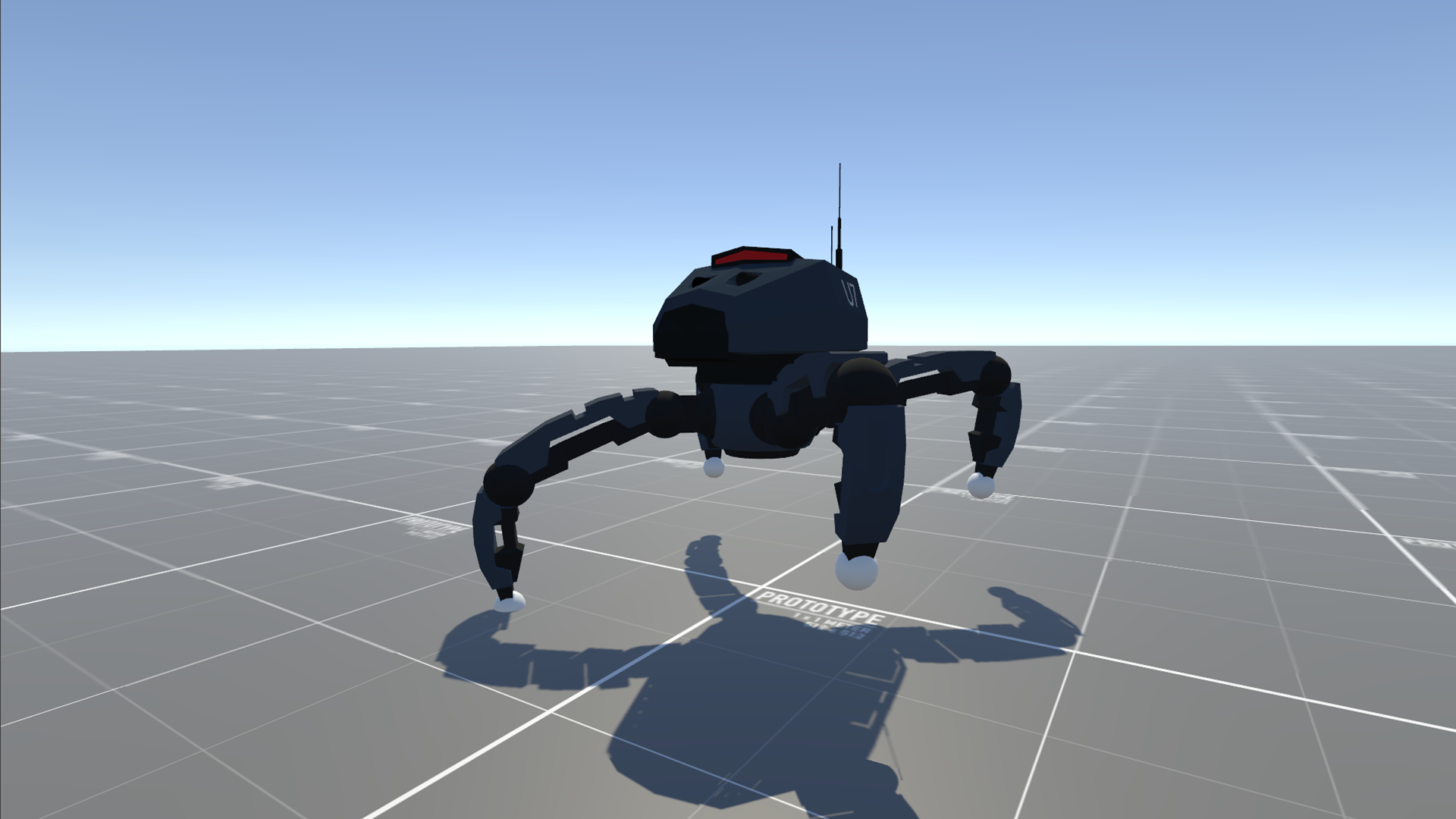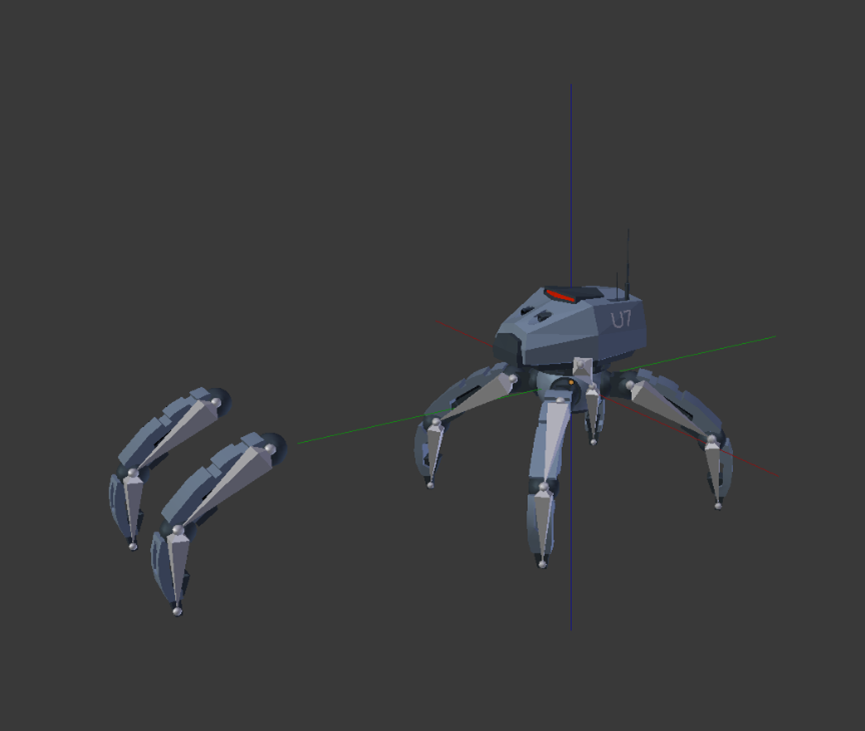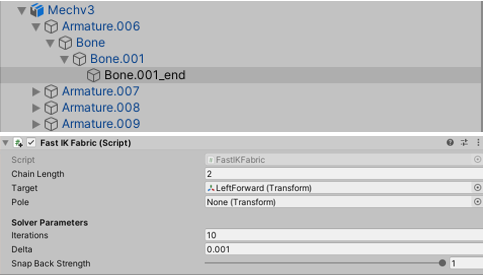Procedural animation prototype
Unity 3D -- C#

▚ Project summary:
In our group we had some issues where making custom animation would not be a option, besides that in the custom C++ engine we are going to use, animations were not prioritized to work.
I came up with a possible solution, where procedural animations, are an excellent replacement of (our targeted style) robot leg animations. The video below, is a video I used as a reference, and also showed my team the video to explain what the finished animations would look like.
▌Specifications:
Released: January - 2021
Project type: School prototype
Platform: PC, Windows
Time spent on project: 1 week
Engine and Tools: Unity- C#
▌My contributions:
○ Implemented basic leg retargeting
○ Implemented leg to target movement
○ Implemented mouse to object movement
▌Project goals:
○ Learn more about procedural movement in unity
○ be able to implement procedural movement in unity
○ Learn more about what it takes to implement fully working procedural movement


